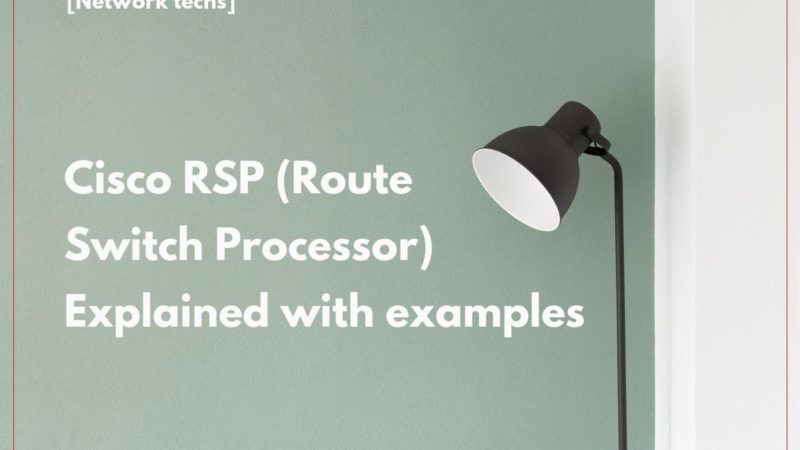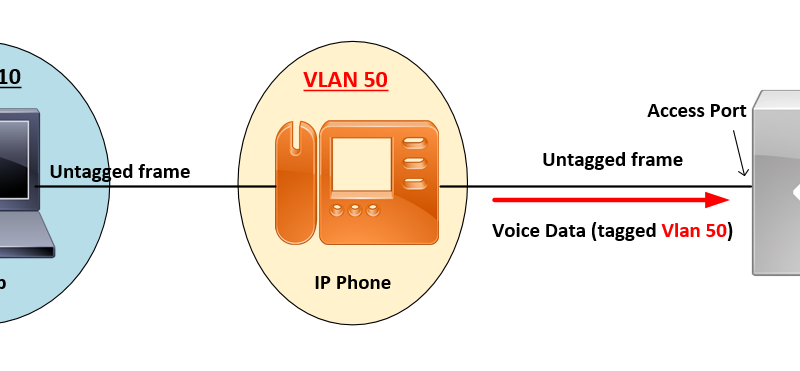FCoE PAUSE mechanism

What is 802.3x PAUSE Mechanism and how it works:
The PAUSE mechanism is part of the Ethernet (802.3) standard and allows a receiver on a point-to-point Ethernet link to stop the adjacent sender thereby preventing a buffer overflow and packet loss.

1- When the server overloads the storage array with the data it’s sending, the storage array sends a PAUSE frame back to the switch.

2- The switch stops sending data to the storage array after receiving the PAUSE frame.
3- Data sent by the server start to accumulate in the switch’s internal buffers, when these buffers are exhausted the switch has to tell the server to pause:

At that moment, the server’s Ethernet interface is effectively blocked, which is not a problem if you have a dedicated FCoE infrastructure.
The same result is unacceptable in a converged infrastructure, where FCoE and LAN traffic shares the same links.
802.1Qbb: Traffic blocking with Priority Flow Control:
the PAUSE 802.1Qbb frame contains a 8-bit bit mask of 802.1p priorities (specifying which traffic classes should be paused) and a timer for each priority specifying how long the traffic in that priority class should be paused.
The per-priority PAUSE mechanism allows the storage array to tell the switch it should stop sending just the FCoE traffic (assuming FCoE traffic is marked with priority value=3).

Reference: blog.ipspace.net/2010/09/introduction-to-8021qbb-priority-flow.html



![OSPF DR and BDR Election Explained [with Configuration]](https://learnduty.com/wp-content/uploads/2022/03/image-33.png?v=1647900046)
![OSPF Neighbor Adjacency Requirements [With Configuration]](https://learnduty.com/wp-content/uploads/2022/03/image-23-418x450.png?v=1647900064)
![OSPF Neighbor States Explained [Step by Step]](https://learnduty.com/wp-content/uploads/2022/03/image-13.png?v=1647900076)
![OSPF Area Types Explained and Configuration [Demystified]](https://learnduty.com/wp-content/uploads/2022/03/image-8.png?v=1647900083)